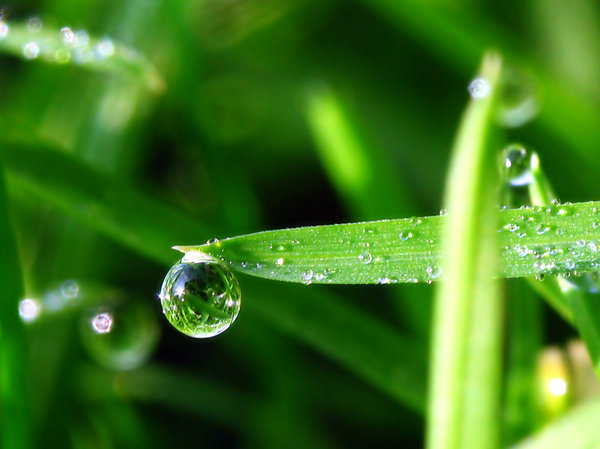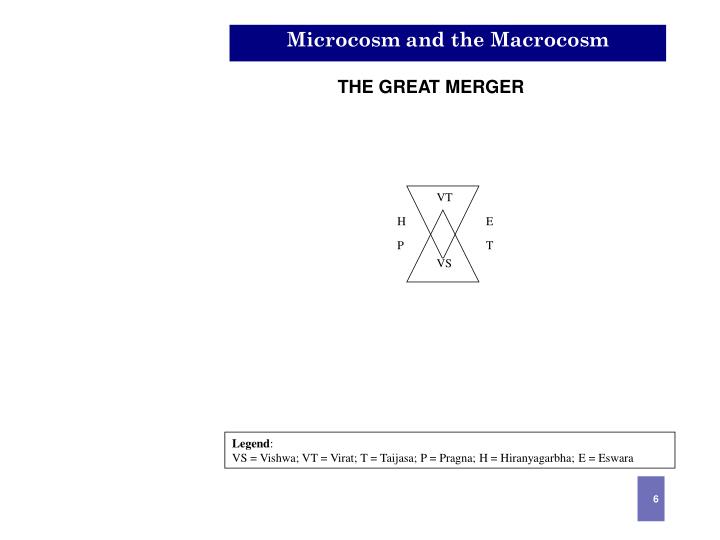

While most studies and reviews focusing on replicability have found that it can be satisfactorily achieved in microcosms (Conquest and Taub, 1989 Giesy and Allred, 1985 Isensee, 1976 Levy et al., 1985 Takahashi et al., 1975), there is disagreement. (1999) found that only 65% of the studies reported the number of replicate systems per treatment, which implies that many researchers take replication for granted. In a review of 360 microcosm experiments, Petersen et al. Problems do arise when considering replication of microcosms.


As has been noted, cross seeding is used in microcosm research to reduce this variability and thus "enhance" replication (Beyers and H. The number of replicates required for an experiment depends on the variability of the data being collected. As noted by Sheehan (1989) "the main purpose of replication is the supply an estimate of variability (error) by which significance of treatment and control comparisons can be judged." Thus, replication is needed to distinguish between natural variation and variation due to a treatment (such as introduction of a toxin into a microcosm) in an experiment. In fact, replication is one of the "minimal requirements of experimental design in ecology" (Hairston, 1989) as in any application of the scientific method. It is included in this discussion because of its critical nature to the "microcosm method" (Beyers, 1964) and because its consideration leads to fundamental questions of variability (possibly chaos) of ecosystems. Microcosm results don’t always translate directly to the real world, but these tiny universes are a great place to start.Replication is an issue of experimental design rather than technical design of a microcosm. This kind of global-scale question is very difficult to test under controlled circumstances without a microcosm. Consider a thorny ecological problem-how does biodiversity affect an ecosystem? Looking at decomposer bacteria, another Rutgers study found that decomposition increased when more species of bacteria were present, in comparison to when higher abundance of one bacteria species was present. But it does show that interactions between organisms can impact how a species responds to temperature change and that these interactions between species are very difficult to predict.īesides modeling the future, microcosms can be equally valuable for understanding the present. Clearly this system is much simpler than a real food web, and climate change itself is more complex than just a direct temperature increase. The importance of the study is not in the details of the results, or its direct applicability to natural ecosystem. As the temperature increased, paramecium went extinct in the flask at an increasingly rapid pace. When they were together competing for food in the same jar, one of them, paramecium, was quickly outcompeted by the other. When they were alone, each microorganism predator easily survived to the end of the experiment. Roughly six weeks later, the results were in.

Sets of microcosms were kept at five different temperatures to simulate a range of possible temperatures. To that end, researchers at Rutgers University created 240 microcosms, each containing three different species of bacteria and one or both of two different microorganism predators (another advantage of microcosms-you can easily build a lot of them). Understanding the impact on entire communities of organisms is even tougher. Take, for example, climate change. Predicting the impacts of climate change on an organism can be very tough since it depends on so many factors-what is happening where the organism lives, the interactions between different organisms, and so on. Microcosms are particularly helpful to ecologists and evolutionary biologists, since the system can be controlled experimentally in a way that the actual world cannot. These systems-in-a-jar, used to understand broader processes, are called microcosms. Microcosms can also easily be observed over multiple generations since the microorganisms within don’t live very long. Besides modeling the future, microcosms can be equally valuable in the present.


 0 kommentar(er)
0 kommentar(er)
